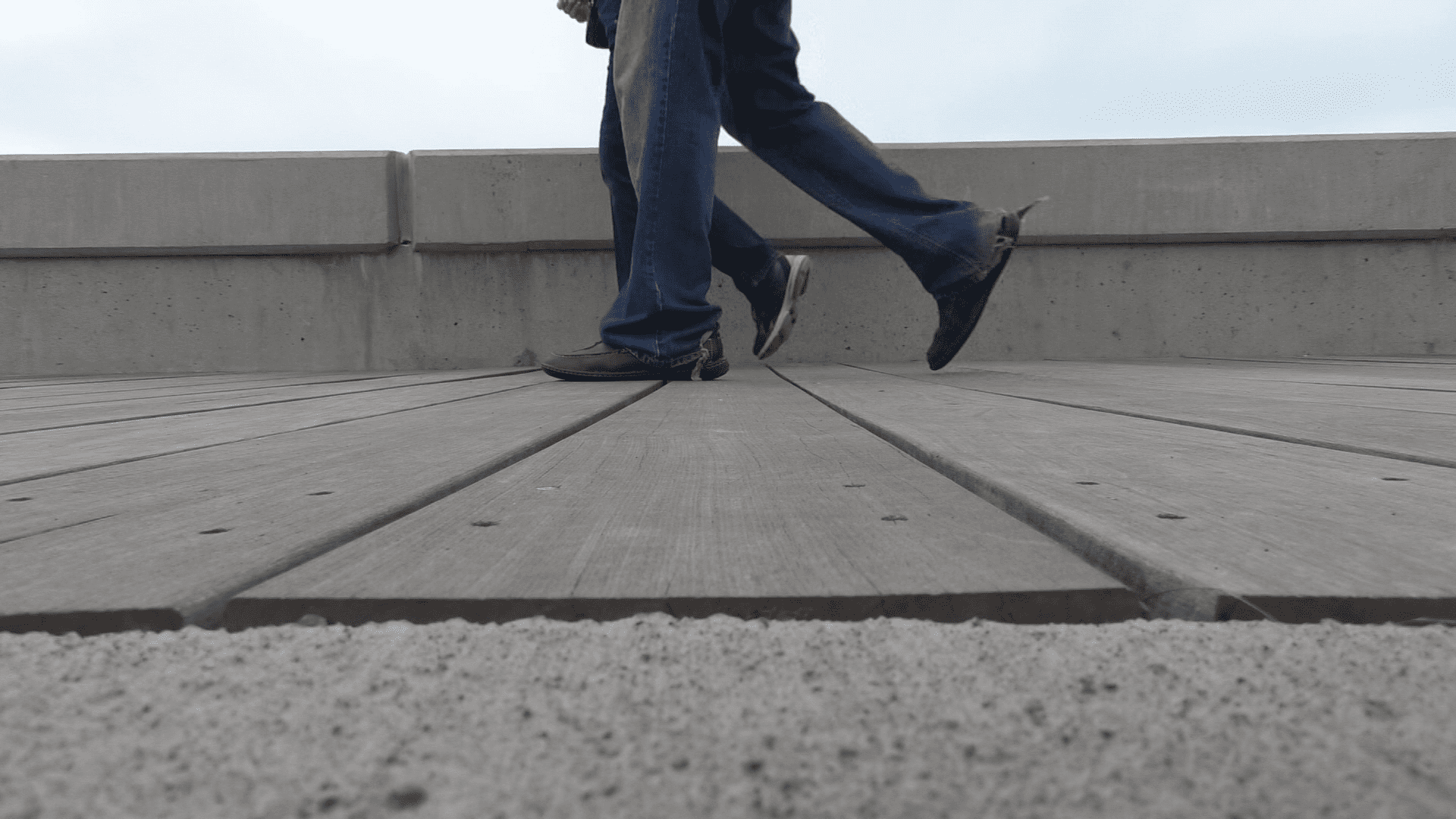Micro-Mobility: Creating better paths for walking and biking
[anvplayer video=”5139549″ station=”998130″]
A happy-hour gathering to discuss strategies for coordinated advocacy with the city, county, and regional transportation entities to develop priorities for funding and completing key micro-mobility transportation routes took place today. What is micro-mobility you may ask?
Micro mobility refers to a range of small, lightweight vehicles operating at speeds usually below 15 mph and driven by users personally. Micro mobility devices include bicycles, e-bikes, electric scooters, electric skateboards, and so much more. Oh and of course, walking and pedestrian routes was also on the docket for the night’s meeting.
“We definitely need more. I wouldn’t call myself a Quaker. I have an e-bike. I do quite a bit of walking, but with my age, even, that’s becoming limited. I have an interest in promoting healthy, active living,” says Dick Haney one of the main speakers for the meeting.
As the city develops it has become clear that more and more people are seeking to find alternative routes outside of cars. It is clear for many that alternative modes of transportation are wanted greatly.
“We’re trying to complete the Cross City Trail and the gap in across the trails out west. So for my wife to get her to bike to work it doesn’t happen right now so I’d like to see that happen,” says Mike Casey Jr. a Micro mobility advocate.

Micromobility (WDIO)
Organizers of the event wish to convince the city of Duluth to:
1. Complete the fragments created by the current piecemeal approach
2. Conform design to multimodal, non-motorized, practical American Disability Act specs, and transportation criteria
3. Be more strategic to create and follow a vision for completed “bike” highways
4. Identify individuals and organizations who are interested in this effort